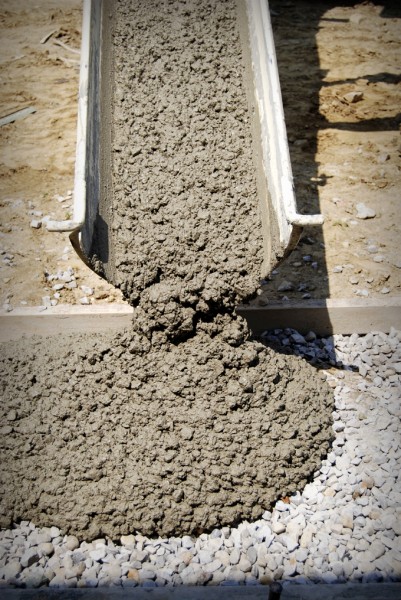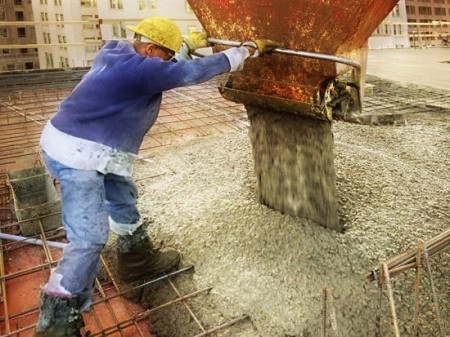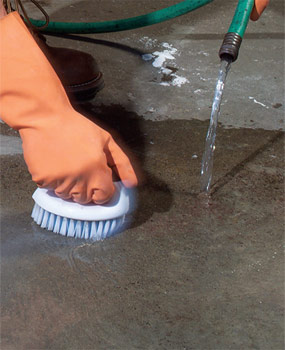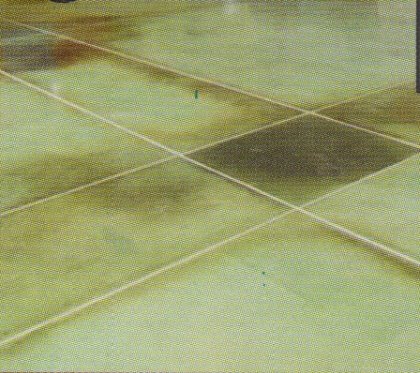Posts Tagged ‘cement pouring’
How to Use a Cement Calculator to Estimate Needed Materials
Before undertaking a new construction project, it is essential to calculate approximately the cement requirement well in advance, so that one does not have to worry about visiting the hardware store for additional cement bags in the middle of a project. A cement calculator helps an individual to determine their cement requirement for any project. Before purchasing the cement, it is important for one to be aware of the difference between the cement and the concrete mixture. Cement is the agent that combines together other construction material such as sand, gravel and water whereas concrete is the resultant mixture. Therefore, it is essential for one to remember that the cement calculator is a tool used to assess the amount of required cement and not concrete. This is a very common mistake that people make and is important to bear this in mind.
The cement calculator helps to determine the cement requirement in cubic yards and one is expected to convert it into the amount of raw material with the help of simple mathematical calculations. The cement calculator requires an individual to enter three main figures. First of all, the thickness of the wall intended to be constructed in inches, after which one is required to enter the length as well as the breadth in feet. Once the correct figures have been entered, the result will be displayed on the screen in cubic yards.
In order to determine the amount of cement required, one simply needs to divide the result by 4 and further multiply the obtained number by 27. This will allow you to estimate the cement requirement in order to successfully complete the project in cubic feet. These cement calculators are available on the internet and anyone planning to undertake a construction project will definitely benefit from this particular tool.
How To Remove Concrete Stains
Getting rid of concrete stains or cleaning concrete around one’s home could be anything from the driveway to the patio and it can be a daunting task. This article talks about how one can remove stains most commonly found on a concrete surface over time. Dirt, oil and grease are some of the examples of stains that can leave a mark on one’s concrete. The best possible way to avoid concrete staining around the house is to clean the house frequently. If that does not work, it is essential to act immediately to eliminate the stain.
Concrete stains are very common because of the fact that concrete is a porous material. Liquid spills are much easier and effortless to do away with before they soak in. The faster one acts, the easier it will be to get rid of the stain.
Most concrete cleaners are available at hardware stores or at one’s local home improvement store. If one intends to eliminate paint, rust, mildew or algae stains or any other type of stain, they will require a more appropriate and suitable product. You must pay special attention to the labels and read them carefully.
There are certain stain removers that can create their own stains, particularly on concrete that has been painted or coated with a dyed stain polish. Therefore, one must mix a small amount of cleaner liquid and apply it to a small, conspicuous area on the concrete.
Subsequently, one should follow the instructions on the label and mix the cleaner accordingly or use a suitable amount in order to remove old and troublesome stains. One must always remember to wear chemical resistant eye and skin protection when using the cleaning products. After which, one must pour the product onto the concrete stain and clean the stained area with a broom or a brush, working the cleaning agent into the stain as best as one can. After that, one must carry on with thoroughly rinsing the floor with a high pressure hose or a bucket of water and with the help of a sponge or broom, do away with as much water as possible from the floor and ultimately dry mop the concrete floor.






